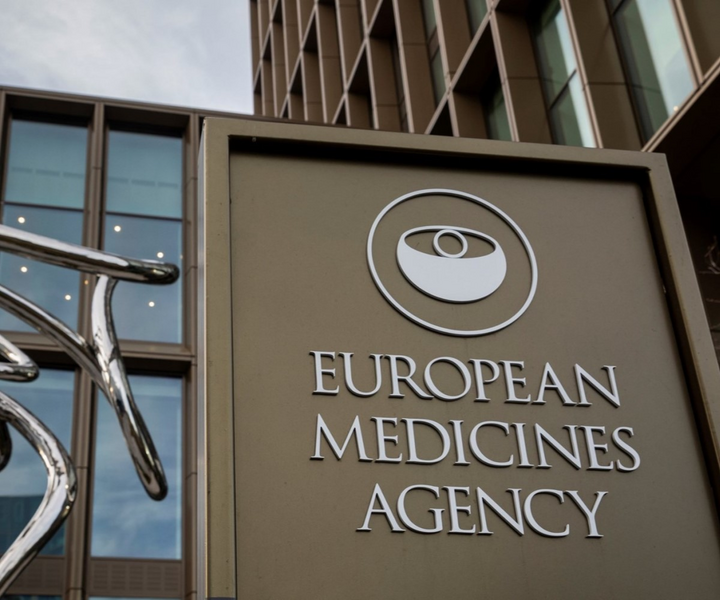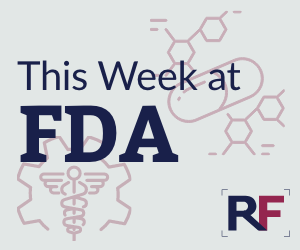FDA Approvals Roundup: Tyrvaya, Zimhi, Biktarvy
![]() Roundups | 20 October 2021 |
Roundups | 20 October 2021 |
A weekly update on new drug approvals and indications from the US Food and Drug Administration (FDA).
New approvals
Tyrvaya nasal spray okayed for dry eye disease
Oyster Point’s Tyrvaya (varenicline solution nasal spray) has been approved for treating dry eye disease.
Approval for Tyrvaya, a highly selective cholinergic agonist, was based on efficacy findings from the randomized, multicenter, double-masked, vehicle-controlled ONSET-1, ONSET-2, and MYSTIC clinical trials in more than 1,000 patients from the indicated population.
Tear volume was measured by change from baseline in anesthetized Schirmer's score. Eye dryness was measured by change from baseline using the Eye Dryness Score (EDS), based on patient ratings of eye dryness discomfort, and evaluated in the controlled adverse environment (CAE) and clinic.
At week 4, 52% of Tyrvaya-treated patients in ONSET-1 and 47% of treated patients in ONSET-2 showed improvements in tear production, compared with 14% and 28%, respectively, of vehicle-treated patients. Mean change in Schirmer’s score in the two studies was 11.7 mm and 11.3 mm, respectively, compared with 3.2 mm and 6.3 mm in vehicle-treated patients.
In the CAE for ONSET-1, change from baseline in EDS at week 3 was -16.0 mm in treated patients and -4.4 mm in vehicle patients, meeting the study endpoint. Those same changes in EDS for ONSET-2 at week 4 were -10.3 mm and -7.4 mm, respectively. This was not significant. In the clinic environment, EDS changes from baseline at week 4 in ONSET-1 were -18.9 mm and -5.4 mm, respectively, which met the endpoint. In ONSET-2, mean EDS changes from baseline at week 4 were -19.8 mm and -15.4 mm, respectively, and the endpoint was not met.
Zimhi okayed as high-dose treatment for opioid overdose
Adamis’s Zimhi (naloxone HCL injection 5 mg/0.5 mL) has been approved as an additional high-dose countermeasure for opioid overdose.
Zimhi was approved through the 505(b)(2) approval pathway that relied, in part, on the FDA’s finding of safety and effectiveness for Opiant’s Narcan (naloxone HCL injection), which had been previously approved as 0.4 mg and 2 mg doses. The applicant also provided pharmacokinetic data on Zimhi to establish safety and efficacy for the approved use. Zimhi is administered via either intramuscular or subcutaneous injection.
New indications
Biktarvy expanded for use in HIV-1 in children
Gilead’s Biktarvy (bictegravir, emtricitabine, and tenofovir alafenamide tablets) has received a new indication for children weighing 14 kg to <25 kg with HIV-1 infection.
The approval of Biktarvy is based on findings from Cohort 3 of a Phase 2/3 open-label, single-arm study in the indicated population that found low-dose Biktarvy was effective and generally well-tolerated through 24 weeks. The cohort enrolled 22 participants who continued treatment for 48 weeks and could then continue to receive study drug through an extension phase. After switching to Biktarvy, 91% of participants remained virologically suppressed at week 24, with a mean percentage change in CD4 of 0.2%.
Biktarvy was originally approved in 2018 to treat HIV-1 in adults. It has a boxed warning for posttreatment acute exacerbation of hepatitis B.
Keytruda extended for use as combo first-line therapy for cervical cancer
Merck’s Keytruda (pembrolizumab injection) has been granted a new indication, in combination with chemotherapy, for patients with recurrent or metastatic cervical cancer whose tumors express PD-L1, as determined by companion diagnostic, PD-L1 IHC 22C3 pharmDx (Dako), which was also approved.
The approval was based on findings from the multicenter, randomized, double-blind, placebo-controlled KEYNOTE-826 trial in 617 patients from the indicated population randomized 1:1 to receive Keytruda plus chemotherapy or placebo plus chemotherapy. Keytruda was continued until disease progression, unacceptable toxicity, or 24 months of treatment. In the Keytruda arm, median overall survival was not reached for patients with tumors expressing PD-L1; median overall survival was 16.3 months in the placebo arm. Median progression-free survival was 10.4 months for Keytruda patients and 8.2 months for patients who received placebo. The objective response rates were 68% and 50%, respectively; median duration of response was 18.0 and 10.4 months, respectively.
This review used the assessment aid. It was conducted under Project Orbis in collaboration with the Australian Therapeutic Goods Administration, Health Canada, and Swissmedic. The application was granted priority review designation.
Tecentriq nabs new indication as adjuvant treatment for NSCLC
Genentech’s (atezolizumab) has been granted a new indication for adjuvant treatment after resection and platinum-based chemotherapy in patients with stage II to IIIA non-small cell lung cancer (NSCLC) with PD-L1 expression, as determined by the companion diagnostic, Ventana PD-L1 (SP263) Assay (Ventana).
The review was conducted under Project Orbis in collaboration with the Australian Therapeutic Goods Administration, the Brazilian Health Regulatory Agency, Health Canada, Swissmedic, and the UK’s Medicines and Healthcare products Regulatory Agency. It used the real-time oncology review pilot program and the assessment aid. The application was granted priority review.
Tecentriq was originally approved in 2016 for treating urothelial carcinoma and is also used for other cancers, including melanoma and small cell lung cancer.
New approvals
Tyrvaya nasal spray okayed for dry eye disease
Oyster Point’s Tyrvaya (varenicline solution nasal spray) has been approved for treating dry eye disease.
Approval for Tyrvaya, a highly selective cholinergic agonist, was based on efficacy findings from the randomized, multicenter, double-masked, vehicle-controlled ONSET-1, ONSET-2, and MYSTIC clinical trials in more than 1,000 patients from the indicated population.
Tear volume was measured by change from baseline in anesthetized Schirmer's score. Eye dryness was measured by change from baseline using the Eye Dryness Score (EDS), based on patient ratings of eye dryness discomfort, and evaluated in the controlled adverse environment (CAE) and clinic.
At week 4, 52% of Tyrvaya-treated patients in ONSET-1 and 47% of treated patients in ONSET-2 showed improvements in tear production, compared with 14% and 28%, respectively, of vehicle-treated patients. Mean change in Schirmer’s score in the two studies was 11.7 mm and 11.3 mm, respectively, compared with 3.2 mm and 6.3 mm in vehicle-treated patients.
In the CAE for ONSET-1, change from baseline in EDS at week 3 was -16.0 mm in treated patients and -4.4 mm in vehicle patients, meeting the study endpoint. Those same changes in EDS for ONSET-2 at week 4 were -10.3 mm and -7.4 mm, respectively. This was not significant. In the clinic environment, EDS changes from baseline at week 4 in ONSET-1 were -18.9 mm and -5.4 mm, respectively, which met the endpoint. In ONSET-2, mean EDS changes from baseline at week 4 were -19.8 mm and -15.4 mm, respectively, and the endpoint was not met.
Zimhi okayed as high-dose treatment for opioid overdose
Adamis’s Zimhi (naloxone HCL injection 5 mg/0.5 mL) has been approved as an additional high-dose countermeasure for opioid overdose.
Zimhi was approved through the 505(b)(2) approval pathway that relied, in part, on the FDA’s finding of safety and effectiveness for Opiant’s Narcan (naloxone HCL injection), which had been previously approved as 0.4 mg and 2 mg doses. The applicant also provided pharmacokinetic data on Zimhi to establish safety and efficacy for the approved use. Zimhi is administered via either intramuscular or subcutaneous injection.
New indications
Biktarvy expanded for use in HIV-1 in children
Gilead’s Biktarvy (bictegravir, emtricitabine, and tenofovir alafenamide tablets) has received a new indication for children weighing 14 kg to <25 kg with HIV-1 infection.
The approval of Biktarvy is based on findings from Cohort 3 of a Phase 2/3 open-label, single-arm study in the indicated population that found low-dose Biktarvy was effective and generally well-tolerated through 24 weeks. The cohort enrolled 22 participants who continued treatment for 48 weeks and could then continue to receive study drug through an extension phase. After switching to Biktarvy, 91% of participants remained virologically suppressed at week 24, with a mean percentage change in CD4 of 0.2%.
Biktarvy was originally approved in 2018 to treat HIV-1 in adults. It has a boxed warning for posttreatment acute exacerbation of hepatitis B.
Keytruda extended for use as combo first-line therapy for cervical cancer
Merck’s Keytruda (pembrolizumab injection) has been granted a new indication, in combination with chemotherapy, for patients with recurrent or metastatic cervical cancer whose tumors express PD-L1, as determined by companion diagnostic, PD-L1 IHC 22C3 pharmDx (Dako), which was also approved.
The approval was based on findings from the multicenter, randomized, double-blind, placebo-controlled KEYNOTE-826 trial in 617 patients from the indicated population randomized 1:1 to receive Keytruda plus chemotherapy or placebo plus chemotherapy. Keytruda was continued until disease progression, unacceptable toxicity, or 24 months of treatment. In the Keytruda arm, median overall survival was not reached for patients with tumors expressing PD-L1; median overall survival was 16.3 months in the placebo arm. Median progression-free survival was 10.4 months for Keytruda patients and 8.2 months for patients who received placebo. The objective response rates were 68% and 50%, respectively; median duration of response was 18.0 and 10.4 months, respectively.
This review used the assessment aid. It was conducted under Project Orbis in collaboration with the Australian Therapeutic Goods Administration, Health Canada, and Swissmedic. The application was granted priority review designation.
Tecentriq nabs new indication as adjuvant treatment for NSCLC
Genentech’s (atezolizumab) has been granted a new indication for adjuvant treatment after resection and platinum-based chemotherapy in patients with stage II to IIIA non-small cell lung cancer (NSCLC) with PD-L1 expression, as determined by the companion diagnostic, Ventana PD-L1 (SP263) Assay (Ventana).
The review was conducted under Project Orbis in collaboration with the Australian Therapeutic Goods Administration, the Brazilian Health Regulatory Agency, Health Canada, Swissmedic, and the UK’s Medicines and Healthcare products Regulatory Agency. It used the real-time oncology review pilot program and the assessment aid. The application was granted priority review.
Tecentriq was originally approved in 2016 for treating urothelial carcinoma and is also used for other cancers, including melanoma and small cell lung cancer.
© 2025 Regulatory Affairs Professionals Society.



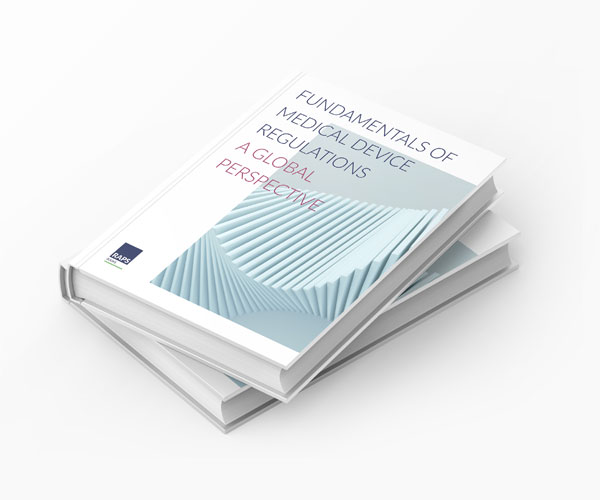
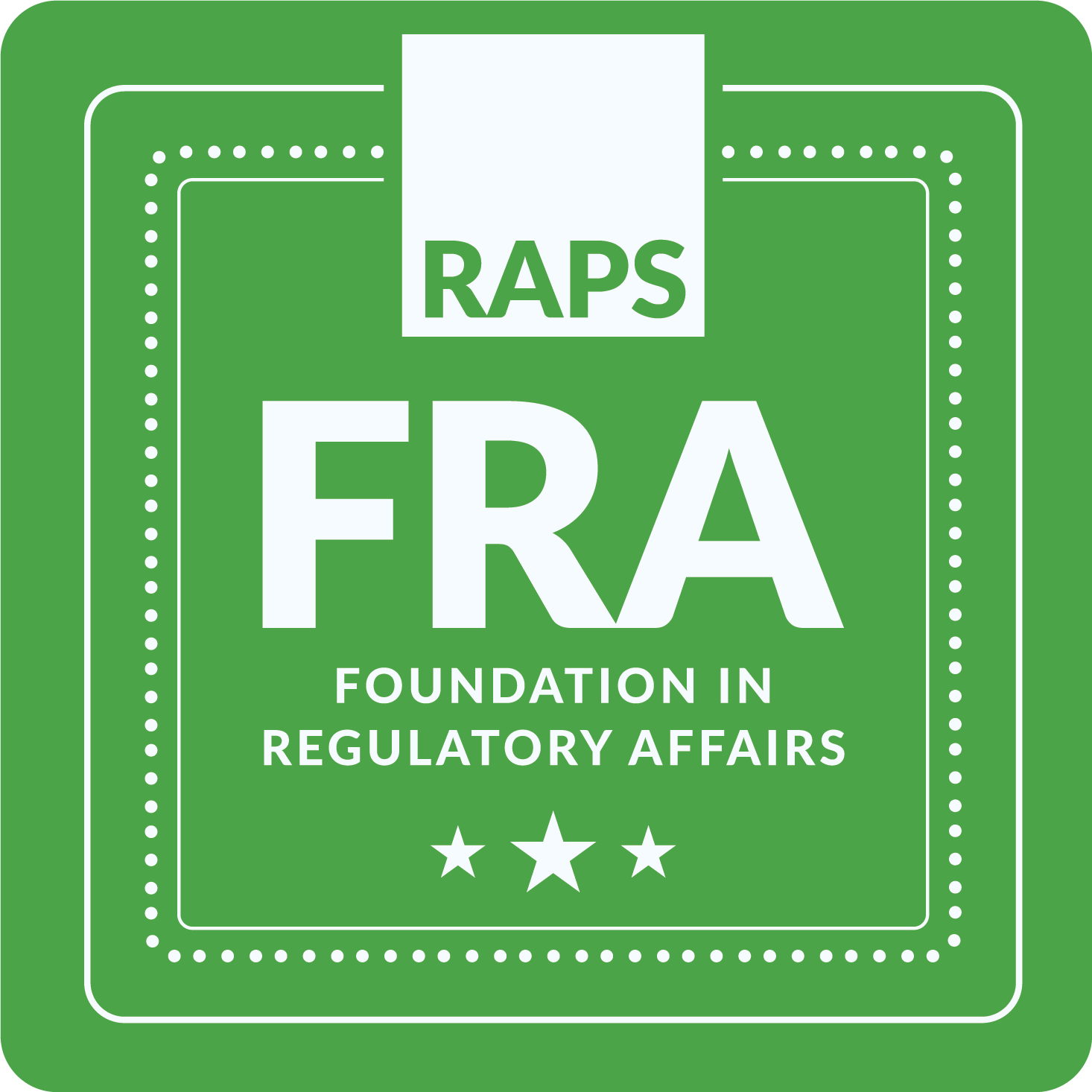

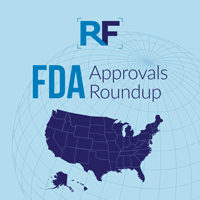



![Role of the Regulatory Professional [1.0 RAC]](https://my.raps.org:443/images/4bae057d-6998-402f-99d8-116a09be8218.img?resize=yes)


